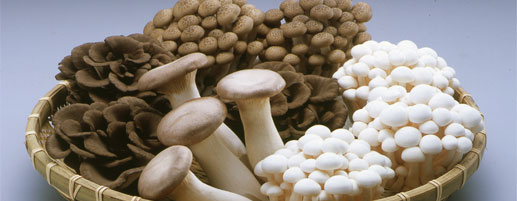
Emphasis on Flavorful Foods with Nutritional Benefits
The standard American diet (also known as SAD) is typically high in processed foods, which tend to be high in saturated and hydrogenated fats, high in sugar and salt and low in complex carbohydrates and fiber.
Two emerging food trends in the US have been identified as a demand for more nutritious food and food with flavor. The latest food trends include get back to basics with meals that are quick, but with an emphasis on flavor and also offering superior nutritional value.
Food with Health Benefits – Functional Foods
While there’s no formal definition for “functional food,” the meaning typically includes foods that provide a health-promoting or disease-preventing property beyond the basic function of supplying vitamins and minerals. For example, tomatoes contain a “phyto-nutrient” (plant compound) known as lycopene and is associated with a lower risk for prostate cancer. For example, tomatoes could be referred to as a functional food for men with increased risk for prostate cancer. Functional foods have also been extended to include processed foods or foods and beverages fortified with health-promoting additives, such as calcium enriched orange juice (to lower risk for osteoporosis). Fermented foods with live cultures are also included in the functional food category with probiotic benefits.
Continue reading “Food Trends of 2010 & Hokto Mushroom’s Flavorful Nutrition – Part 3”




